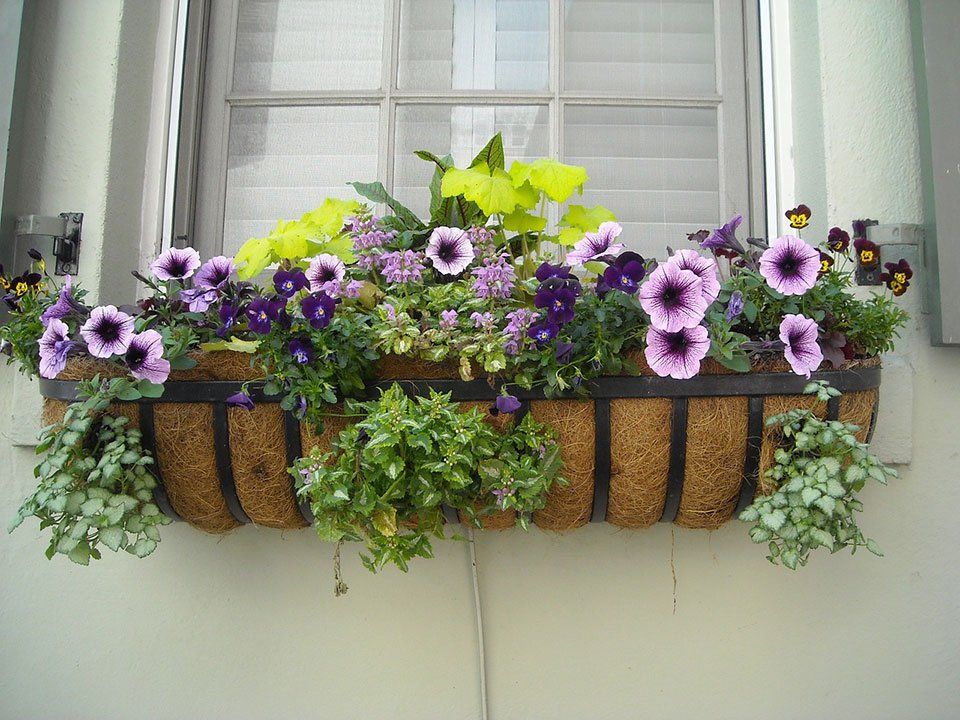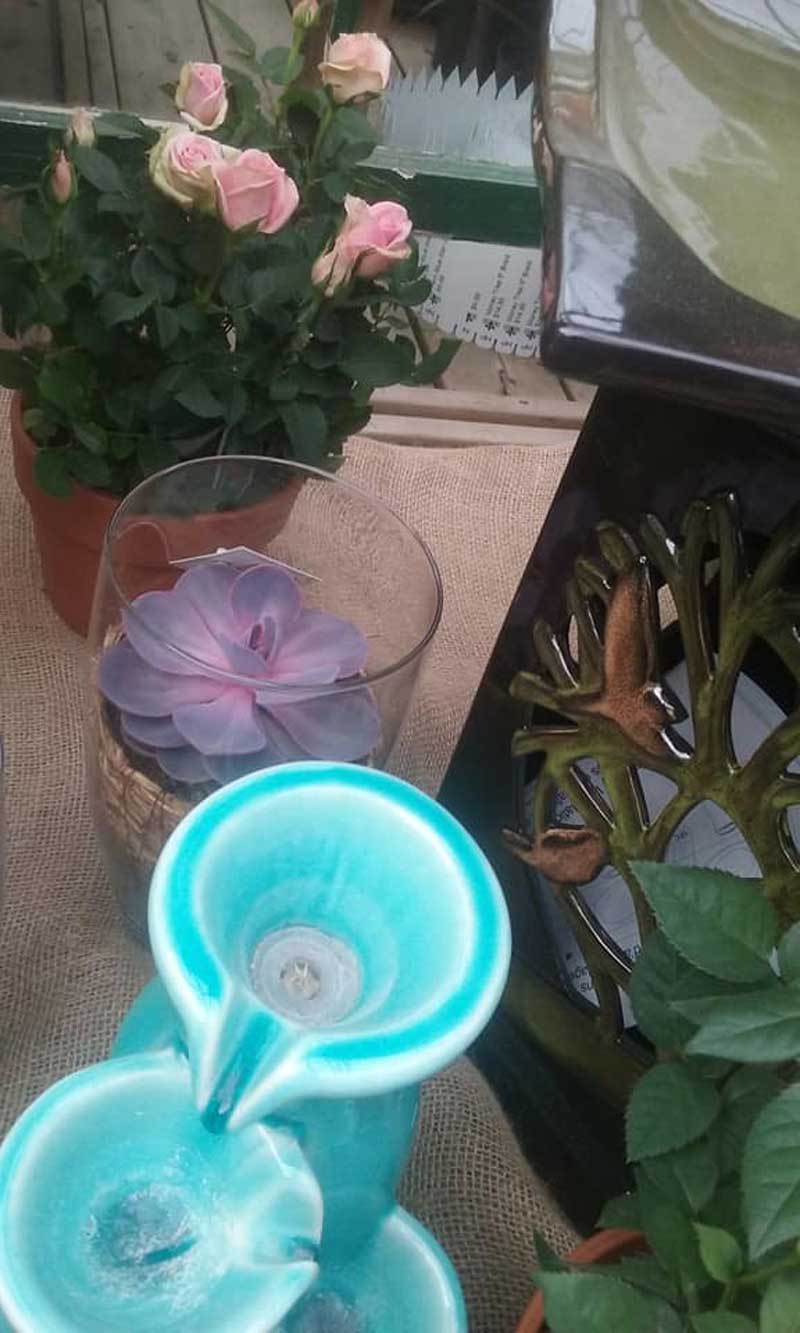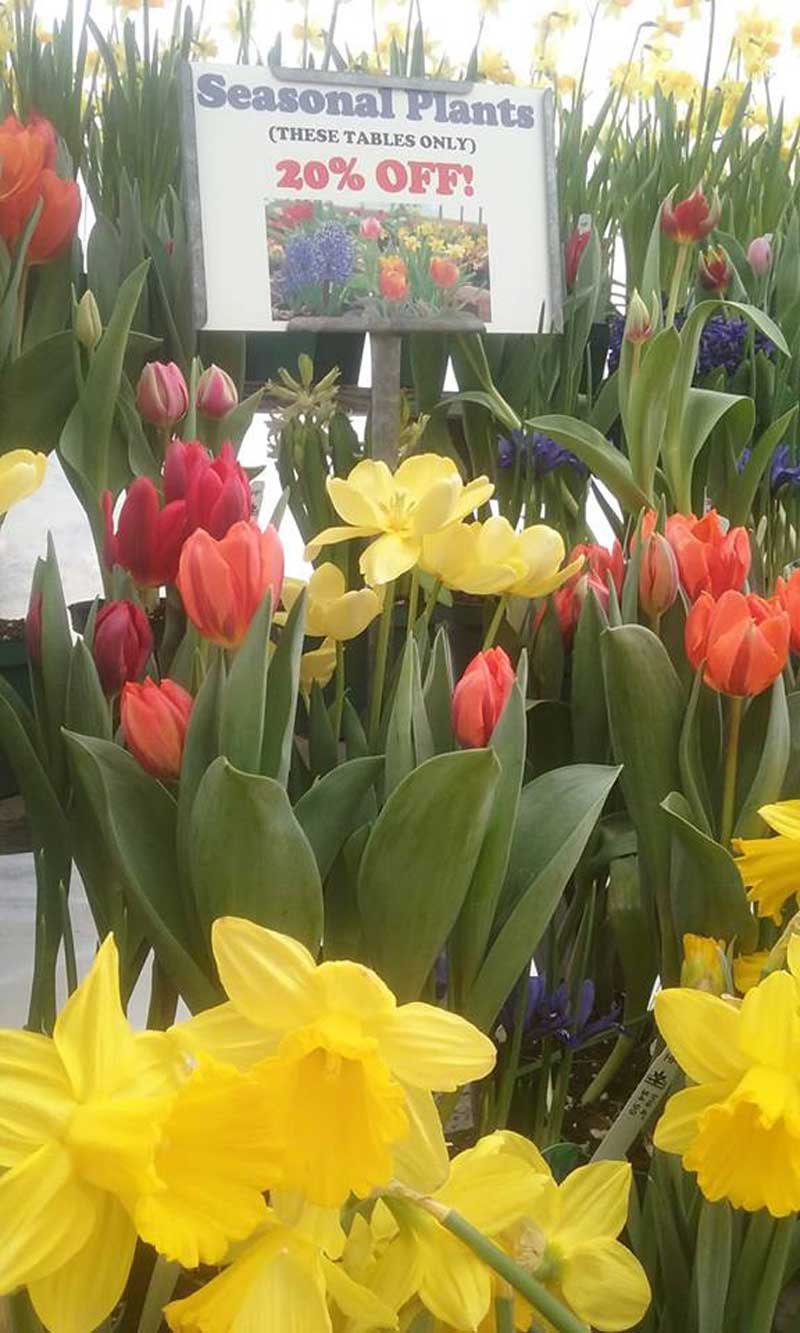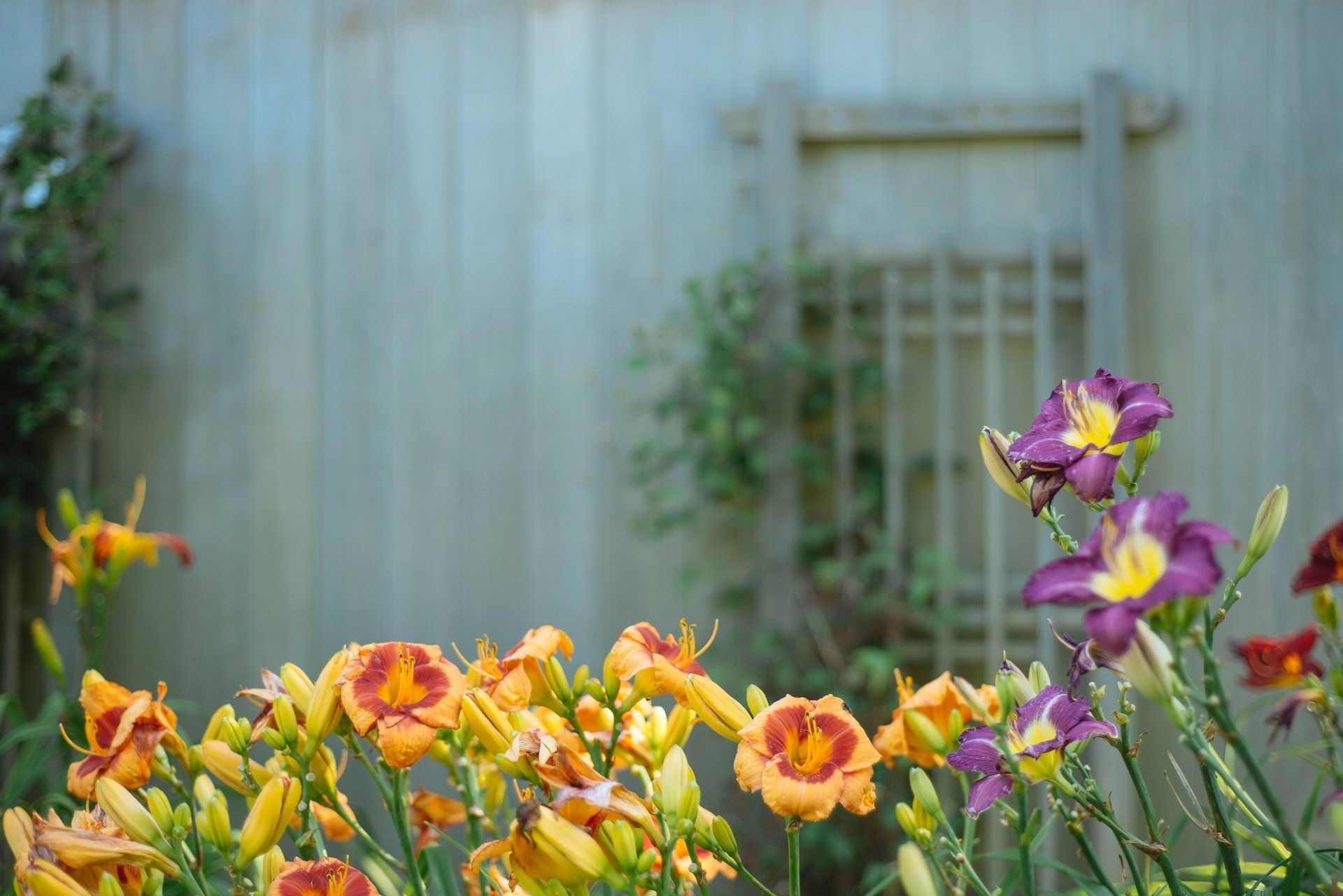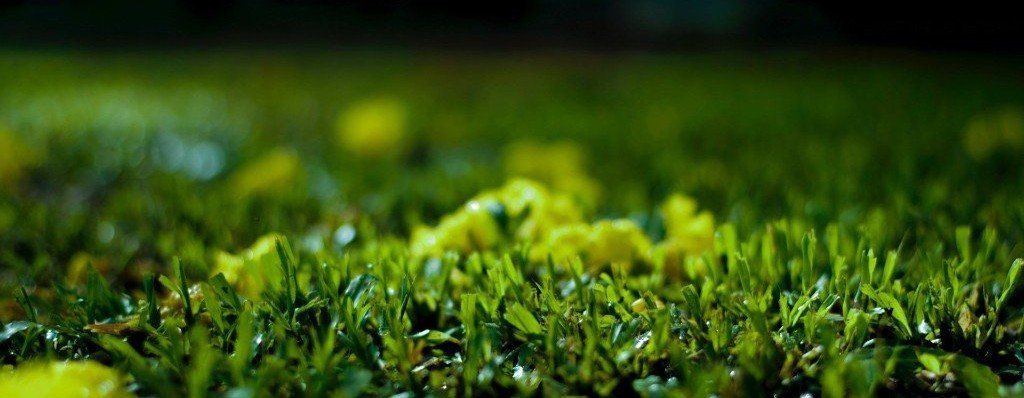
· Prune only to retain the shape. Do not prune spring-flowering shrubs such as azaleas and rhododendrons. Do not prune trees.
· Mid-August through September is a good time to transplant any shrubs that you've purchased with root balls wrapped in burlap. Make sure you get them in the ground two to three days after purchase. Do not fertilize until the second year, when the feeding roots have become established.
· Lawns or bare spots reseeded with grass now will have a chance to get established before winter sets in. Water often and mulch with straw.
· Two or three leaves should be left when cutting gladiolus, so that the bulbs can ripen.
· Cut back the flower stalks of perennials that have finished blooming. Cut delphinium flower stalks to the ground, and a new, though smaller, flower stalk will develop. The flower will survive the coming cold days and even light frosts.
· Lift, divide, and replant Japanese and Siberian irises soon after bloom. Transplant them to places where they will have "wet feet but dry knees."
· If you notice a gap in your perennial bed between spring and fall blooms, visit as to see what we can recommend to fill in that space
· The vegetable garden is likely to require daily harvesting now. Cucumbers, squash, tomatoes, eggplant, and peppers should be picked as soon as the fruits are ready. This not only captures the best flavor, but it also makes way for new fruits.
· Maximum flavor of herbs for drying is achieved by cutting them just before their flowers open.
· Make sure that potatoes are not escaping into the sunlight. Hill or mulch them if they are.
· Remove dead pea vines, bolted lettuce, and other plants that have gone by and add them to the compost pile. If they show signs of disease, however, discard them in a trash bag.
· Separate melons from the ground with a thin board to prevent decay or damage from wireworms.
· Do not neglect your plants in hanging baskets; they dry out faster than those in the ground.
· Dig up your potatoes once the vines have died and the tops turn brown.
· Ripen tomatoes on the vine, not the windowsill; put fallen green tomatoes in a brown paper bag with an apple.
· Fertilize roses (last time this year).
· Keep weeding your garden so that the weeds do not compete with your plants for water and nutrients.
· Japanese beetles? Handpick and drop in a jar of detergent and water or stop by for a remedy I have in stock.
· Tomato hornworms? Handpick and drown in soapy water or snip in half. Control the smaller worms with B.t. (Bacillus thuringiensis), a biological control.
· This is a great time to plant new perennials, shrubs, and trees, especially evergreens; they have a better chance to establish themselves during the milder fall months than those planted in the spring.
· There's still time to plant fall crops of beans, beets, broccoli, carrots, Chinese cabbage, kale, lettuce, and peas.
· If there are dry spells, remember to water your plants and shrubs thoroughly to prevent drought damage.
· Remove any old plants that have stopped producing to help eliminate insects and diseases from your garden.
· Dig up and divide daylilies that have finished blooming.
· Remove any dead flowers from plants to encourage new growth.
· During these warmer months, raise the mowing height to 2.5 to 3 inches.
· Check the mulch around your plants; if there is little or no mulch, make sure to put a 3- to 4-inch layer to conserve moisture.
· Be sure to regularly water your houseplants and potted plants. Use a water-soluble fertilizer so that the plants do not lose vital nutrients. Do not let houseplants dry out.
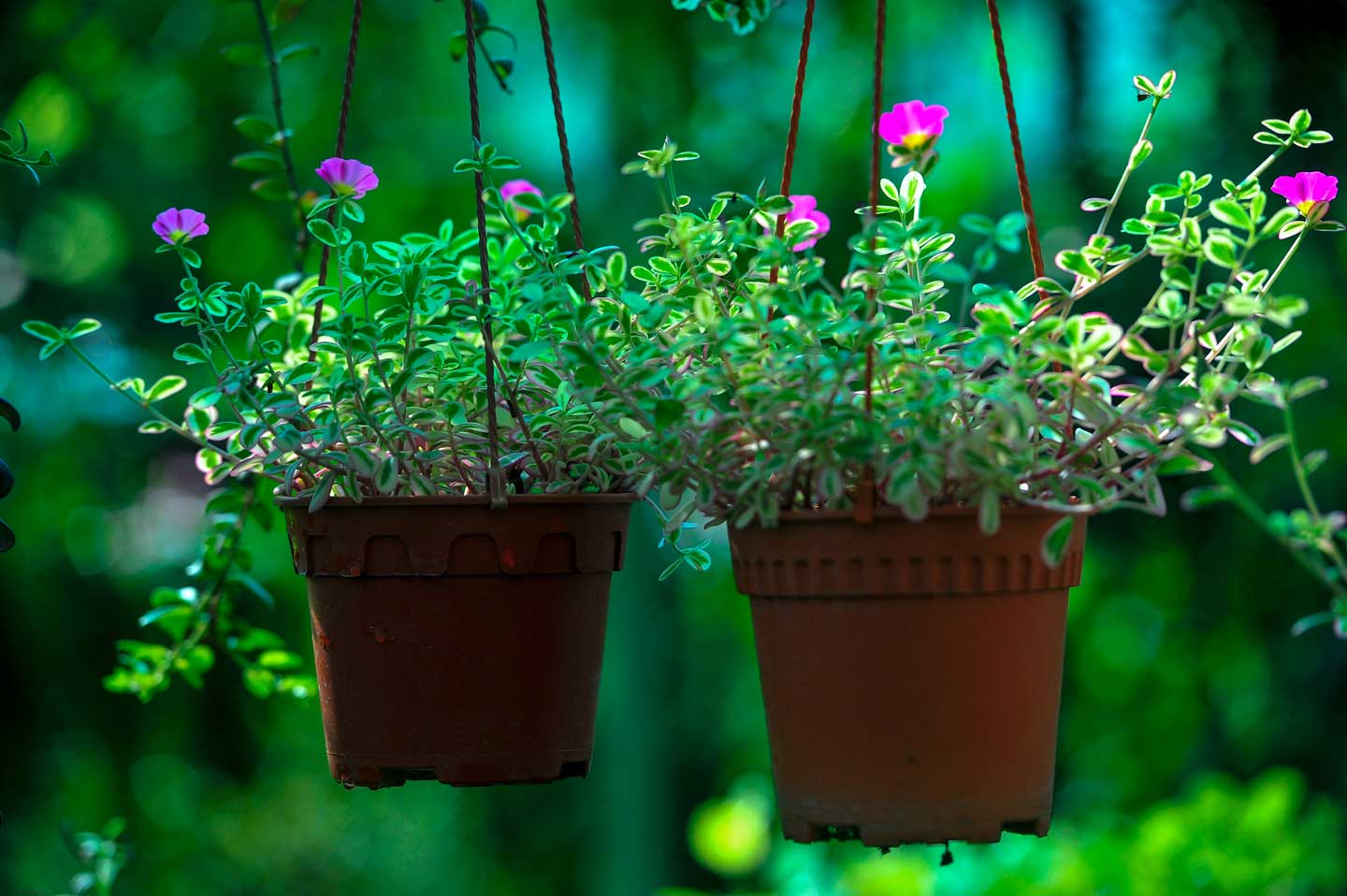
· Thin fruit trees by leaving 1 fruit approximately every 6 to 12 inches along the branches or 1 fruit per cluster. The higher the leaf-to-fruit ratio, the sweeter the fruit. A standard apple tree should have about 40 leaves for each fruit. Dwarf apples, which usually produce a ration of 1 fruit to about 25 leaves, will yield better-quality fruit when thinned.
· Stop cutting asparagus when the yield decreases and the spears diminish in size. Top-dress the bed with compost or well-rotted manure.
· Thin crowded plantings of lettuce, carrots, beets, and herbs. Give them a good watering when the job is finished to help the roots of remaining plants recover from any damage your pulling may have inflicted.
· Religiously patrol your basil plantings and remove all the clusters of flower buds that form at the stem ends the minute you see them forming. This will encourage nice bushy plants and a continuing supply of leaves.
· Mulch around trees to create a safe zone where your mower won't go. Nicking a tree trunk can seriously damage even a well-established tree.
· Mow your lawn according to the needs of the grass, not the calendar -- for example, every Saturday. Grasses thicken and provide better cover when regularly clipped at the proper height. Adjust your lawn mower blades to cut the grass at 2 or 3 inches rather than at 1 1/2 inches.
· Help suppress weeds in your lawn by mowing it to a height of 2 or 3 inches.
· Prune rhododendrons after they flower. On young and old plants, snap off spent flower stalks by bending them over until they break away from their stems. Be careful not to damage growth buds at the base of each flower stalk.
· Don't trim iris leaves into scallops or fan shapes after the flowers fade. Leaves carry on photosynthesis and develop nourishment for next year's growth. Cut off brown tips and remove the flowering stalk down to the rhizome. If you're dividing irises, cut the leaves back by about half just before you move them.
· All vegetable crops, including warm-season plants, should be in the ground now.
· Pull soil up against potato plants when they are 9 to 12 inches tall.
· Sow more beans, carrots, and beets for a continuous harvest.
· Start seedlings of broccoli, cauliflower, and cabbage now so they can be transplanted in the fall.
· Look out for Japanese beetles and knock them into a can of soapy water.
· Tomatoes, squash, and cucumbers can use some nutrients now, so scratch some granular fertilizer into the soil around plants or in a shallow trench alongside a row.
· Plant colorful summer annuals, such as cosmos, marigolds, salvia, or petunias, etc.
· Elevate your container plantings so water can drain.
· Remember to water your plants. It is better to water your garden thoroughly once a week to ensure that a deep root system is established. However, do NOT overwater. Water slowly, deeply (5 or 6 inches deep), and let the soil dry between watering.
· Apply a 3- to 4-inch layer of mulch around the roots of your plants. The mulch will help retain moisture during the dry summer months.
· Top-dress asparagus and rhubarb with aged manure or fertilizer (10-10-10 formulation).
· Native and imported heat-tolerant plants can be planted during summer months as long as they are watered regularly until fall.
· Remove any dead flowers from your perennials to encourage new growth.
· Give perennials a fertilizer boost (5-10-5 formula).
· Protect ripening strawberries from birds. Remove blossoms from newly established strawberry plants. Remove runners to keep energy focused on the fruit.
· Water your lawn and gardens in the morning or late during the day to avoid any evaporation.
· Fertilize roses, using a liquid fertilizer at every watering or a dry rose fertilizer.
· Prune older canes from climbing roses.
· The fruiting of tomatoes and peppers is improved by applying Epsom salts, which contains sulfur and magnesium. Apply 1 tablespoon of granules around each transplant, or spray a solution of 1 tablespoon Epsom salts per gallon of water at transplanting, first flowering, and fruit set.
· Apply a layer of mulch around your woody plants.
· Be sure to weed your gardens regularly, as the weeds will compete with your plants for water and nutrients.

It’s hot out there for newly planted trees and shrubs. These plants may be struggling to survive the heat and drought because their root systems haven’t had a chance to get established in the native soil yet. That’s why it’s important to pamper spring-planted trees and shrubs during the first year after planting. Most trees fail after the first year of planting because they were stressed and never recovered from transplant shock. Here are some ways to take the shock out of tree planting.
Keep them watered. Young trees need moist soil to survive the first summer. If you have sandy soil, the roots will dry out quickly and the leaves may shrivel and drop. If you have clay soil, the dry ground will rack, exposing roots and causing them to dry out. You should water your trees a few times a week and deeply. Add 5 to 10 gallons of water per tree each time.
Use a gator. If you don’t want to be a slave to tree watering all summer, try this product. Tree gators are plastic-sleeved devices that wrap around trees. Fill them with water and they slowly release the water over time, keeping the soil around the rootball moist.
Mulch them. Keep the soil around the tree or shrub mulched with an organic mulch. This will help keep the soil moist, plus prevent weeds from growing. Be generous with your mulch ring size. Spread it outside the drip line of the plant. The feeder roots will be more likely to penetrate the native soil if there is no competition from other plants and the soil stays moist. Add a 2- to 3-inch-thick layer of mulch around each tree and don’t pile it up next to the trunk or the tree may suffer from crown rot.
Stake or no stake? Staking usually isn’t recommended for newly planted trees. The gentle swaying from the wind helps the new roots get established. However, if you have a windy location, you may want to stake the tree for just the first year so it doesn’t blow over.
